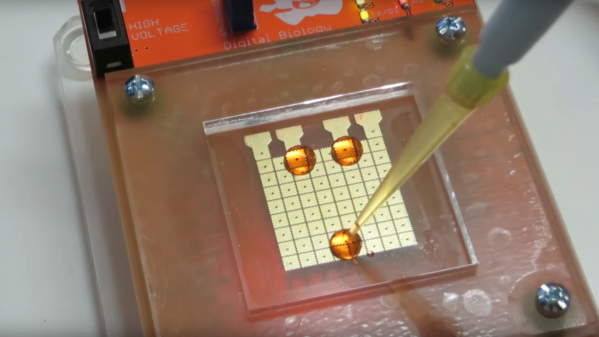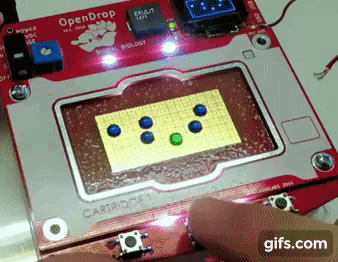Would you strap a tiny pump to your body and let it dose you with medication based on your current vital signs? Most people wouldn’t, while some would appreciate the convenience, and many have no choice. [M. Bindhammer]’s 2017 Hackaday Prize entry, dubbed Sense-Aid, seeks to democratize the drug delivery process somewhat by building a sensor package linked to a tiny surface-mount pump into a single wearable device.
His chosen initial therapeutic area is fever, given that it’s easy to diagnose non-invasively with a simple thermistor and straightforward to treat with antipyretics like acetaminophen. Aside from the obvious regulatory hurdles such a device would face, he’s got a bunch of technical challenges to address. Surprisingly, sourcing a surface-mount pump is not one of them, although finding a medication to pump with it is. Anecdotally, a professor acquaintance of ours used to relate his sure-fire hangover cure: an aspirin tablet dissolved in the polar aprotic solvent dimethyl sulfoxide (DMSO) and absorbed directly through the skin for immediate relief. The story may have been apocryphal, and it certainly sounds like a bad idea, but such solvents may be one way of pumping medications non-invasively.
Obviously, this is only a concept at this point, as [M. Bindhammer] hasn’t even built a prototype yet. But that’s exactly what the first phase of the 2017 Hackaday Prize is all about: Design Your Concept. It may seem like a crazy idea, but at least it’s an idea, and that’s the first step. Have you submitted your idea yet? There’s still plenty of time.





















